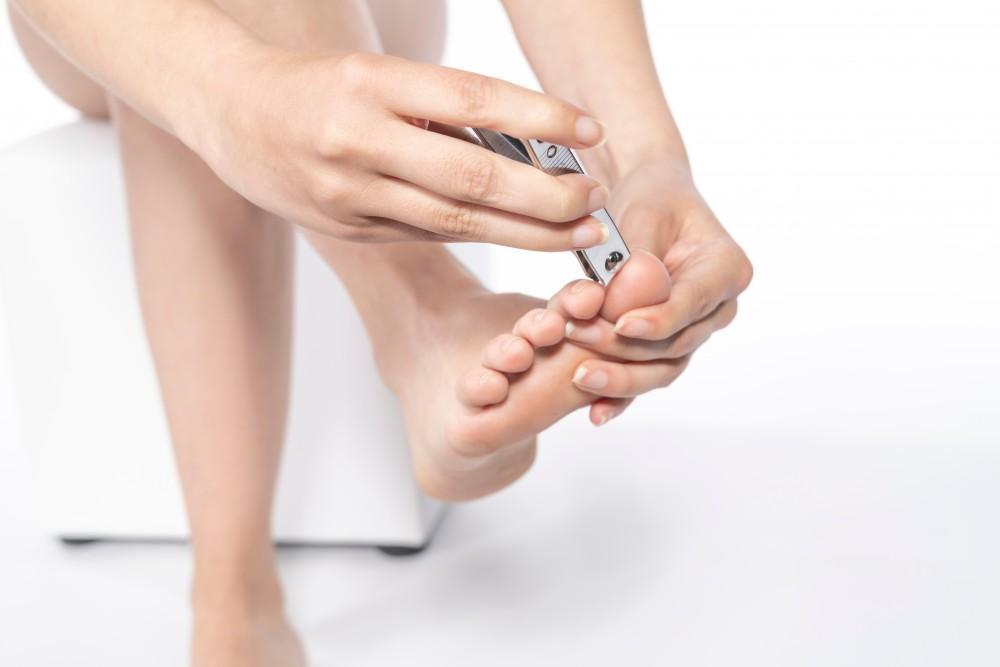
Do I Need Surgery to Correct My Hammertoe?

Hammertoe is an abnormal bending of the toes that’s often painful and occurs more in women than men. A hammertoe foot deformity may occur due to an imbalance in the muscles, ligaments, or tendons that normally hold the toe straight.
The good news is there are several options for managing hammertoe, and surgery is rarely needed.
Our expert podiatric team handles hammertoe regularly at the Family Foot and Ankle Center of South Jersey. Dr. Joseph Bakanas and Dr. Joseph DiMena offer various treatment options to improve hammertoe and relieve pain.
Should you need surgical correction, the doctors can correct hammertoe with a simple in-office procedure or a minimally invasive procedure performed at the hospital.
Non-surgical options for hammertoe treatment
Surgery is rarely needed for hammertoe, as it can be managed in several ways. If your toe is still flexible, common non-surgical treatment techniques include:
Strengthening Exercises
Toe exercises help to manage hammertoe by increasing the toe's flexibility. Our team might suggest picking up marbles with your toes, or crumbling a towel with your toes to strengthen the muscles.
Specialized Shoes
Wearing specialized shoes can help prevent pain from hammertoe. These shoes are often wide and deep to provide ample room.
Nonsteroidal anti-inflammatory drugs (NSAIDs)
Ibuprofen is the most common NSAID for managing hammertoe pain.
Unless your hammertoe is rigid, limits your activity, or causes extreme pain, non-surgical methods of managing it should prove sufficient.
Hammertoe surgical options
Our experienced care team recommends surgical correction only if your hammertoe can’t be managed with non-surgical methods. Commonly, hammertoe is fixed through a procedure called proximal interphalangeal (PIP) joint fusion.
The two bones in the toe are fused, straightening and stabilizing it. Your surgeon places a wire inside to keep them together until they fuse. The bones are given between 3-6 weeks to heal before the doctor removes the wire.
The wire, known as a K-wire, will stick out from the front of your foot and have a little ball on the tip to prevent it from catching on anything as you go about your routine during the healing process.
Another, newer option for hammertoe surgery is placing rods and screws into the toe bones to keep them together. The rods and screws have a high success rate, and you don't have to worry about a wire sticking out while you heal.
Both hammertoe procedures are outpatient surgeries completed under light sedation to keep you pain-free the entire time.
Professional treatment for hammertoe
You don't need to suffer if you have a hammertoe that’s been causing you pain. Our compassionate podiatric team can help resolve your discomfort through the following:
- Specialized shoes to give your toes enough room
- Exercises to strengthen your toe and increase flexibility
- Outpatient surgery to correct extreme hammertoe
Hammertoe pain doesn’t have to be a part of your life forever. Schedule a visit with our care team at the Family Foot and Ankle Center of South Jersey. Call the office or schedule your visit online today.
You Might Also Enjoy...


5 Ways to Keep Your Bunion Pain to a Minimum

Gout: What Is It and How Can I Get Rid of It?

Complications of an Untreated Ankle Sprain

Suspect You’ve Broken Toe? How To Tell and What to Do


